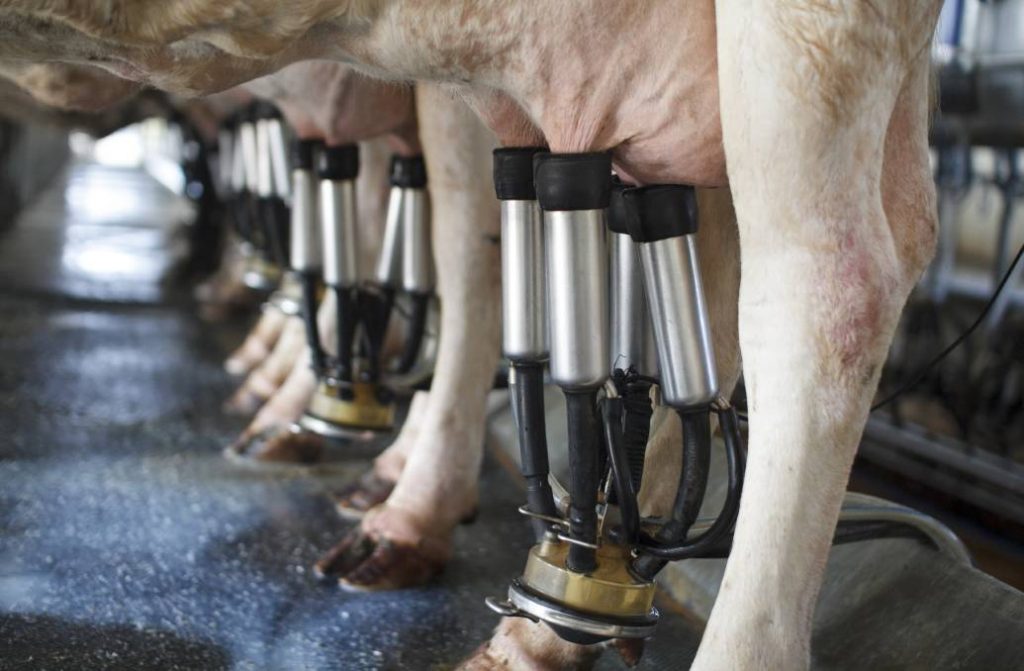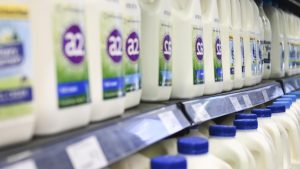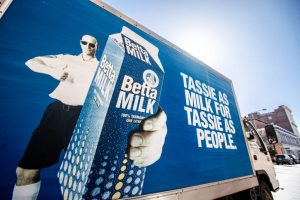
Helen Quinn, Farm Business Data Lead at Dairy Australia said that while the first six months of 2019-20 may have been challenging, great conditions in the second half of the year lifted the average performance across most of Australia’s dairy regions, compared to the previous year.
“DMP results for Victoria and preliminary figures for NSW show significant improvements in farm profitability last season. It’s encouraging to see better conditions helping many farms to progress toward the profitability target of the Australian Dairy Plan. We’ll get a clearer national picture once figures for other states are published over coming months.”
“Although many farms have not fully recovered from the recent years of difficult conditions and lower performance, nearly all Victorian DFMP farms experienced positive profits, with consistent performance reported across the regions” Ms Quinn said.
“In Victoria, farms were able to lower their costs and with a 17 per cent increase in milk price, average earnings before interest and tax (EBIT) was $1.68 per kilogram of milk solids (kg MS) or $346,000 per farm,” she said. The average return on total assets (RoTA) also increased, from 0.7% in 2018-19 to 5.4% in 2019-20.
The improved conditions were particularly noticeable in Gippsland and South West and while Northern Victoria still faced some challenges there was a substantial improvement in profit.
Gippsland had improved growing conditions with 75 per cent of participants increasing their feed reserves and while average profit was the highest in the last 14 years it was very challenging in some parts particularly in the first 6 months of the year.
In the South-West, farms also reduced reliance on purchased feed and focused on applying more fertiliser to harvest greater quantities of pasture than the previous year.
In Northern Victoria, farms budgeted for high water prices and many chose to purchase fodder in favour of irrigating which lowered costs and contributed to the better performance.
Most participant farms across all regions are expecting profits and milk prices to either remain stable or increase in 2020-21.
Now in its 14th year, the DFMP provides objective, farm-level information on the performance of surveyed Victorian dairy farms.
Measuring results, and meeting targets
The recently launched Australian Dairy Plan outlined a nationwide target that >50% of farms achieve profit of at least $1.50 EBIT per kg MS and RoTA of at least 5% over a 5-year average.
With 63% of the total milk production of Australia coming out of Victoria, the 2019/20 DFMP results for that state show strong results.
The latest DFMP results show a significant improvement in profitability over the last 12 months, as the average earnings before interest and taxes (EBIT) rose to $346,000 ($1.68/kg MS) for 2019/20, a significant increase from $85,000 ($0.25/kg MS) in 2018/19.
Results in Victoria
All but three farms Victorian farms recorded a positive EBIT performance in 2019-20 lifting the average to the third highest level recorded in the last 14 years for the project.
The preliminary 2019/20 DFMP report for New South Wales shows similar progress with an average EBIT of $269,897 ($1.05/kg MS), compared to $53,372 ($0.38/kg MS) achieved the previous year. The average RoTA also increased, up to 2.7% from 0.7% in 2018/19.
Better informed decisions using Dairy Farm Monitor Project and DairyBase
DairyBase is a web-based tool that provides all dairy farmers with access to the DFMP data in order to measure and compare their own farm business performance.
When combined with the data provided by DFMP, farmers are equipped to make better informed decisions and generate comparative analysis according to farm size, region and production systems.
It enables farmers to create annual reports and forecasts and helps to identify opportunities to improve profit and manage risk.

























